7-Day Commentary Challenge - Genesis 1-3Sample
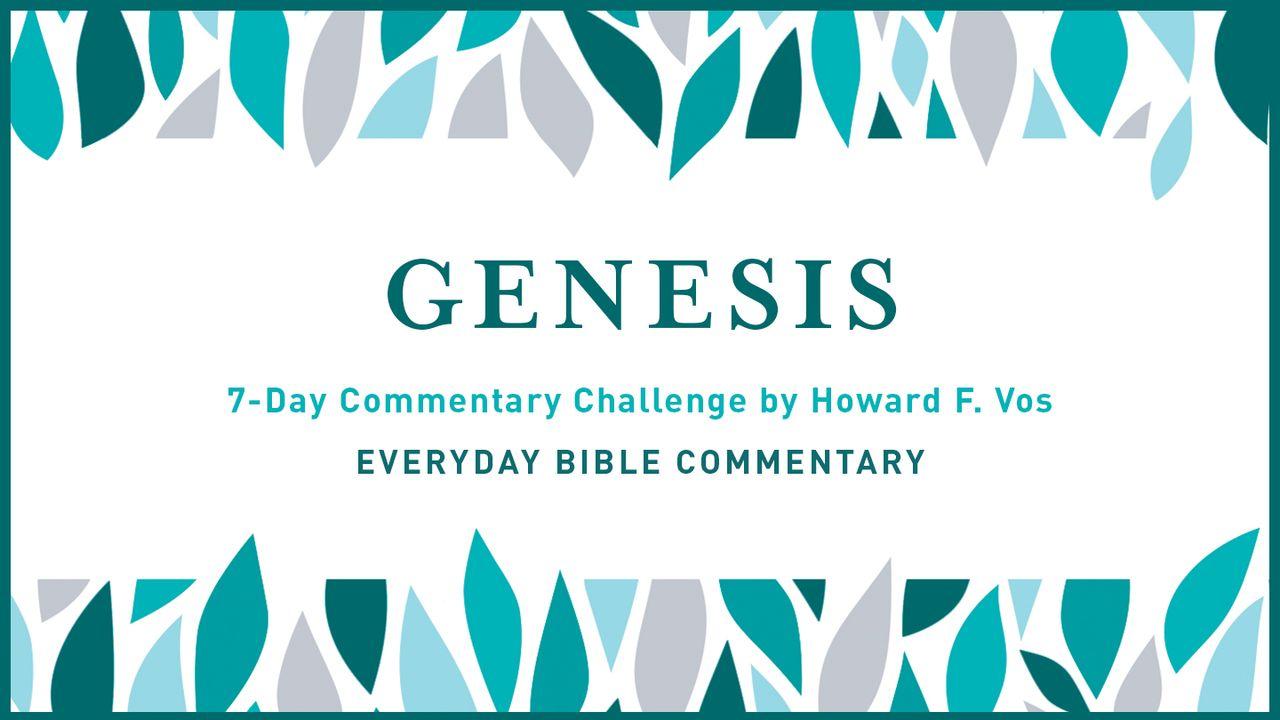
The Creation of Man, 2:7
As a master craftsman God “formed” man, a fact that implies both skill and sovereignty. As the Creator He has the right to order the affairs of His creatures (cf. Isa. 29:16; Rom. 9:19–22). “From the dust of the ground” points to man’s natural, chemical origin. The “breath of life,” which God breathed into him to create a living being, involved more than animal life, because 1:27 made it clear that man was created in the image of God. Thus he was a moral, rational being capable of entering into fellowship with God. Both man’s material and immaterial part came into being by direct divine initiative.
The Provision of a Habitat for Man, 2:8–17
Having created man, God prepared for him a beautiful place in which to live: a garden “in the east, in Eden,” apparently related to the Sumerian edin, meaning plain or steppe. An effort is made to portray the garden as an actual, not a mythical, place. The garden is associated with four rivers, two of which are certainly known, the Euphrates and Hiddekel (Tigris), the great rivers of modern Iraq. Since the rivers apparently are named from east to west, the Pishon and Gihon must have flowed east of the Tigris. The Gihon is associated with the land of Cush, which therefore apparently should be located northeast of the head of the Persian Gulf, rather than in Ethiopia where the King James Version puts it. Havilah is linked with Cush in Genesis 10:7 and possibly was to the east of it. Presumably the garden was located somewhere in Mesopotamia. “Bdellium” (v. 12), a yellowish aromatic gum, may not be the correct intent of the Hebrew; onyx is also an uncertain translation; some suggest the stone may be lapis lazuli (a blue stone) instead. In that garden God provided ample nourishment, challenging occupation (vv. 15, 19), spiritual fellowship, and opportunity for cultural development (as the presence of gold and other resources implies).
God’s planting of trees in the garden does not refer to original creation but to the furbishing of the garden. In addition He planted two special trees: the tree of life and the tree of knowledge of good and evil. What those trees were no one really knows. Evidently they were not magical trees and probably not poisonous either. It may well be, as many commentators suggest, that they were no different from other trees in the garden. But God set them up as a test of man’s obedience to Him. He did not give any reason for the prohibition but simply enunciated it. Man was put on probation; the penalty for disobedience would be death, first moral and spiritual, and later physical. The environment of man during his probation was magnificent indeed, hardly a setting contributing to his fall. That fact argues cogently for the view that improving man’s moral and social environment today would not necessarily make him a good person.
Creation of Woman, 2:18–25
The event about to be described actually took place on the sixth day of creation, as Genesis 1:27 makes clear. Likewise, the animals mentioned in verse 19 had been created earlier. The coming of animals and birds to Adam for naming demonstrates his dominion over creation, his knowledge, his power of speech, and the inadequacy of any of the lower forms of creation to serve as his proper companion. After it had been graphically demonstrated that there was no adequate complementary companion for Adam (“no helper fit for him”), God determined to provide one. God put Adam to sleep and took “one [or a piece] from his side,” usually rendered “rib,” and fashioned a woman from it. It may be instructive to note that God took something from the side of Adam, not from his head or his feet; for the woman was not to lord it over him nor to grovel at his feet but to walk by his side as his complementary partner. That complementary relationship is evident in the Revised Standard Version’s rendering of verse 23: “This at last is bone of my bones”; the Hebrew for “bone” signifies not only body but “essence” or “self.” After all the search throughout creation, at last one was found like Adam, “a fit helper”; and he gave her a name too: woman.
It is clear from Matthew 19:4–5 that the pronouncement of verse 24 was God’s, not Adam’s. He would not have been capable of such an observation at the time. The statement introduces important elements for a successful marriage: (1) a necessary degree of severance from parents so the couple can work out their own problems without interference; (2) a wholehearted and permanent attachment to each other (“cleave”); and (3) a God-sealed bond and a sexual union (“one flesh”). Polygamy and adultery are ruled out.
Scripture
About this Plan

This seven day reading plan is from the Everyday Bible Commentary on Genesis 1-3. Readers will discover the biblical significance of the Creation story. The commentary is accessible, challenging and doesn't require a degree in Hebrew to understand.
More
We would like to thank Moody Publishers for providing this plan. For more information, please visit: https://www.moodypublishers.com/books/bible-study-and-reference/genesis--everymans-bible-commentary/
Related Plans
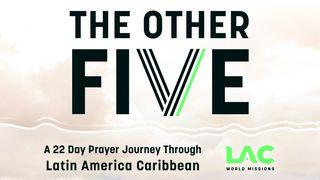
The Other Five Prayer Journey
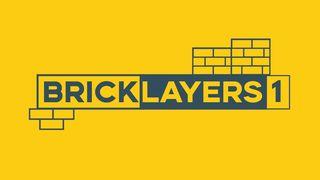
Bricklayers 1
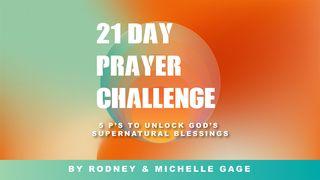
21 Day Prayer Challenge
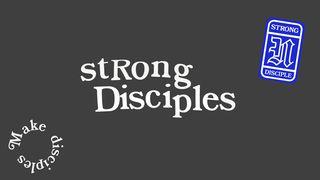
Strong Disciples Two

Deeper Waters: Trusting God When It Doesn’t Make Sense

When the Presence Lifts - Seeking God for Freshness

Overcoming Trauma

Finding God in the Midst of Pain

Ecclesiastes // Chasing Meaning
